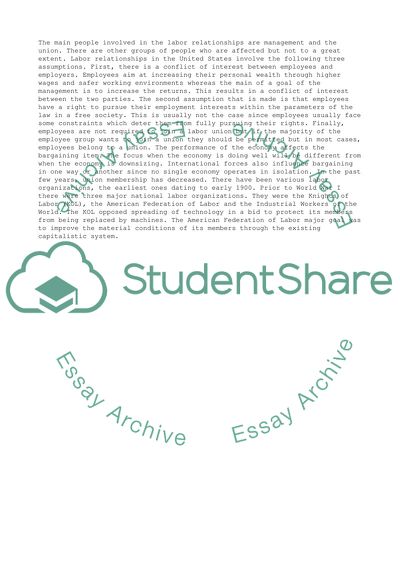Cite this document
(“Union-Management Relationships in Perspective Essay”, n.d.)
Union-Management Relationships in Perspective Essay. Retrieved from https://studentshare.org/business/1644111-labor-relations-essay
Union-Management Relationships in Perspective Essay. Retrieved from https://studentshare.org/business/1644111-labor-relations-essay
(Union-Management Relationships in Perspective Essay)
Union-Management Relationships in Perspective Essay. https://studentshare.org/business/1644111-labor-relations-essay.
Union-Management Relationships in Perspective Essay. https://studentshare.org/business/1644111-labor-relations-essay.
“Union-Management Relationships in Perspective Essay”, n.d. https://studentshare.org/business/1644111-labor-relations-essay.


